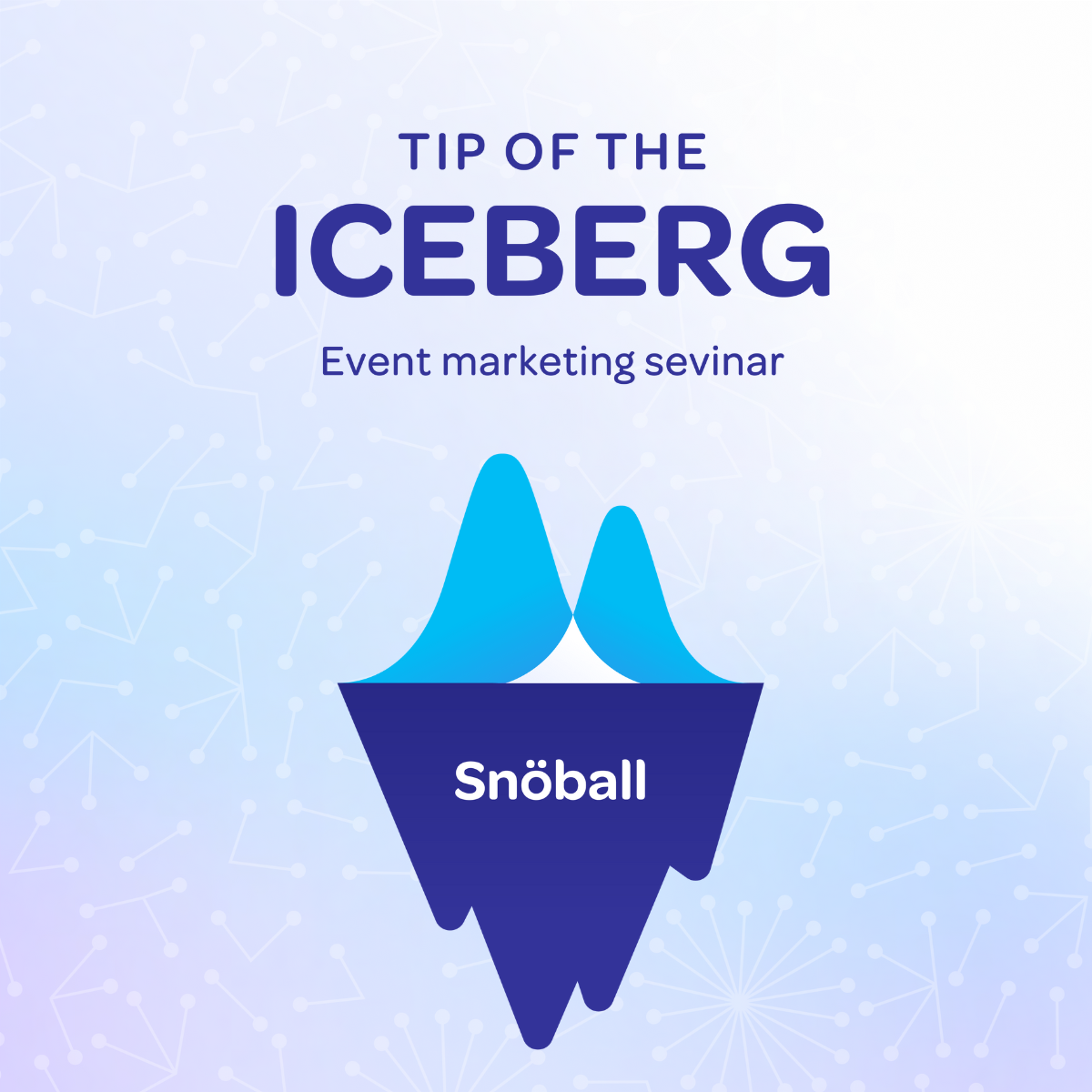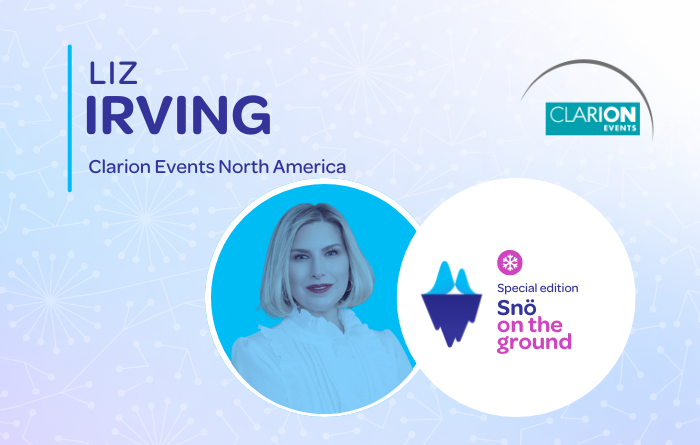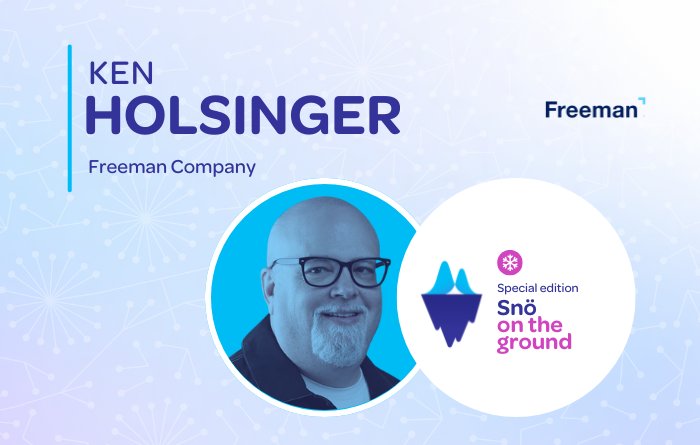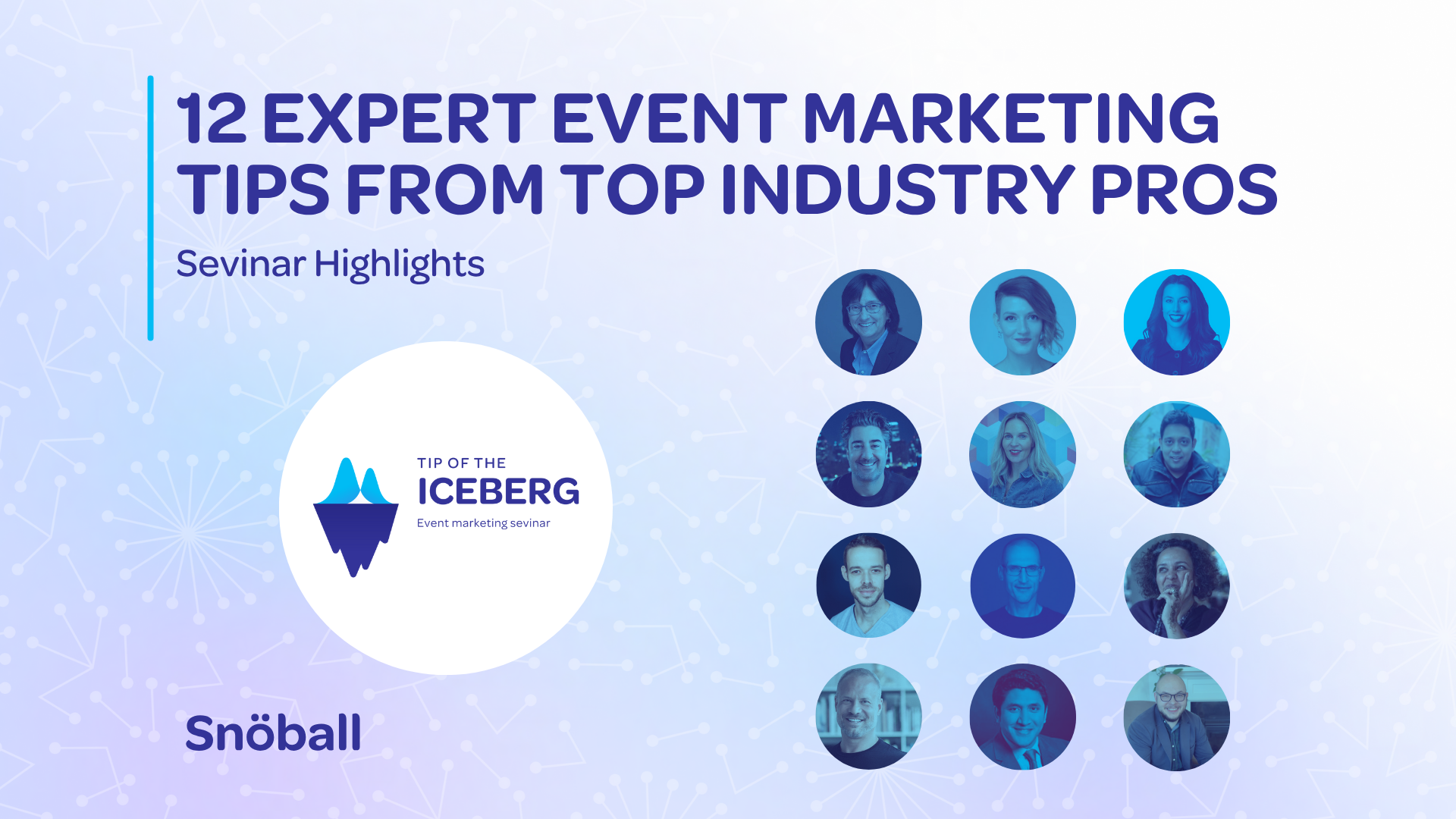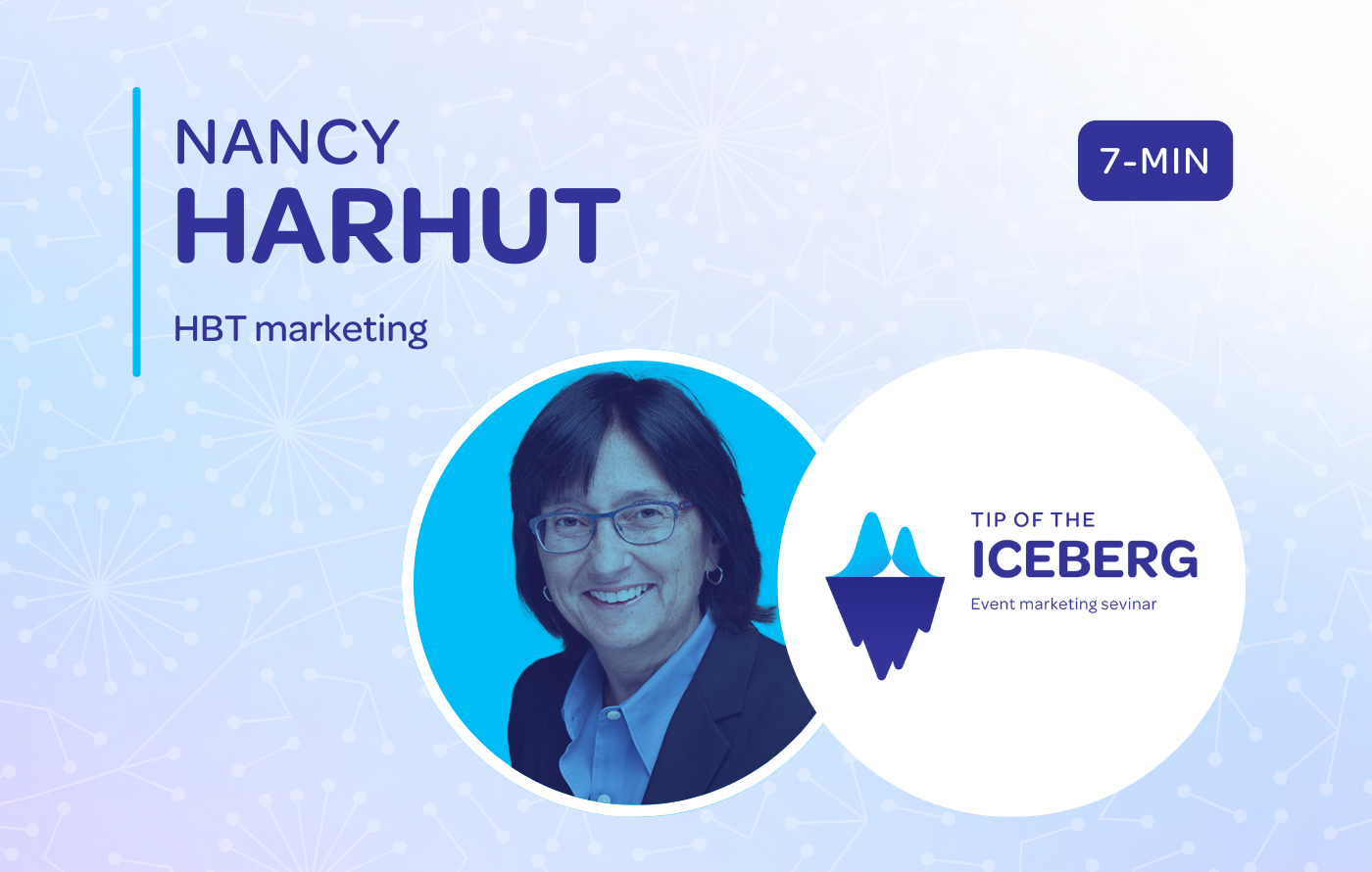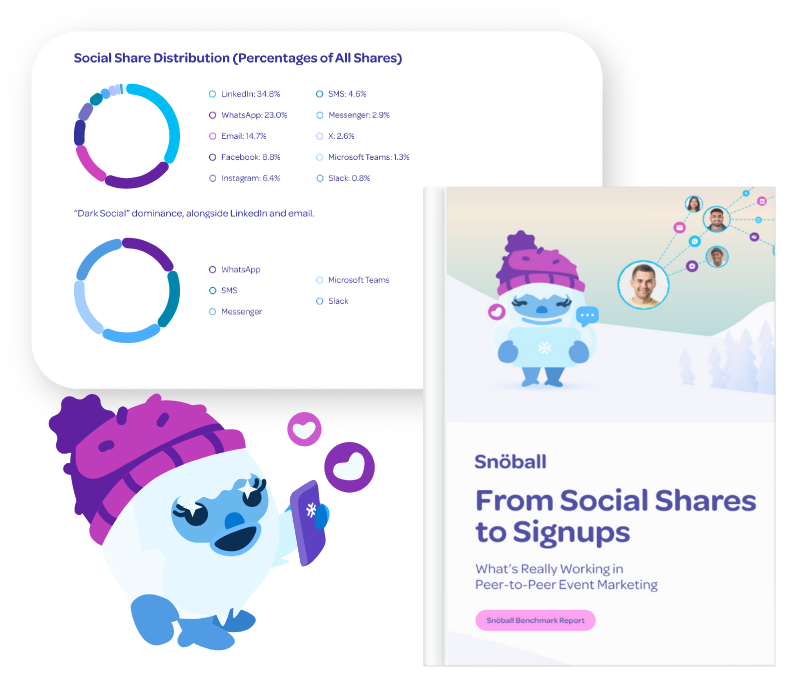Ready to grow?
Run all your peer-driven campaigns in one solution
- attendee acquisition
- speaker promotion
- exhibitor marketing
- award recognition
- content distribution
- membership referrals
Solution
Snöland
Snöland
Made by ❄️ people in Montreal
© Snöball™. All Rights Reserved. Terms of Use Privacy Policy
